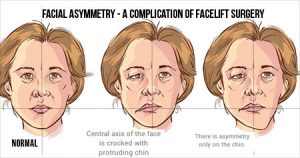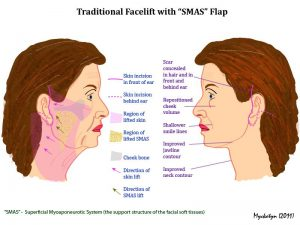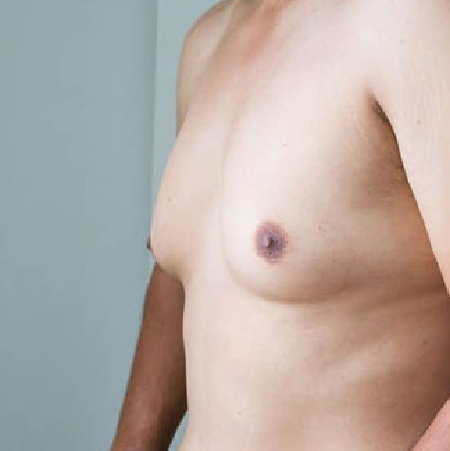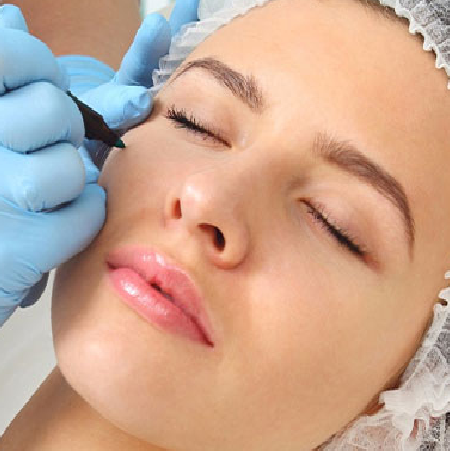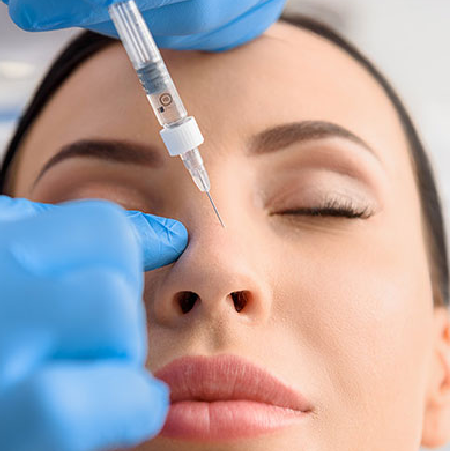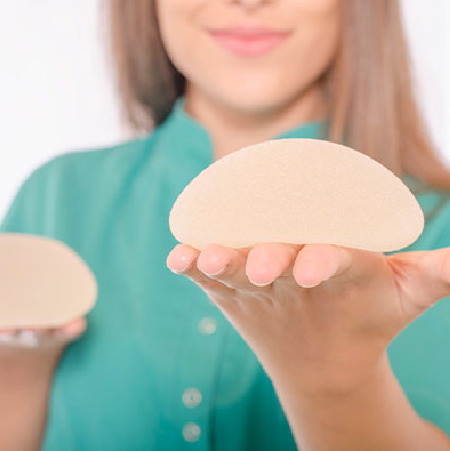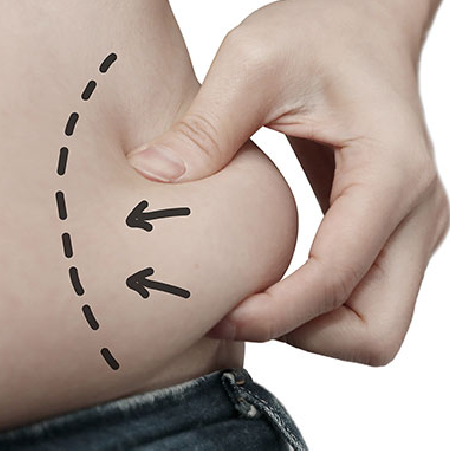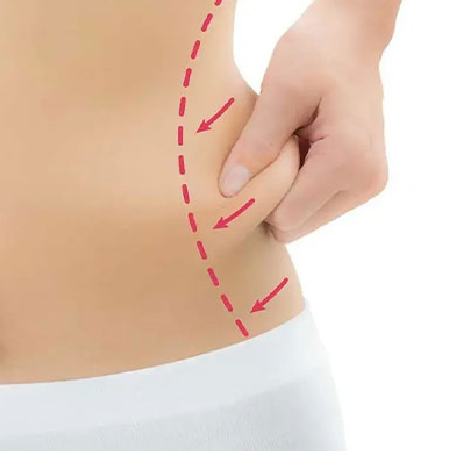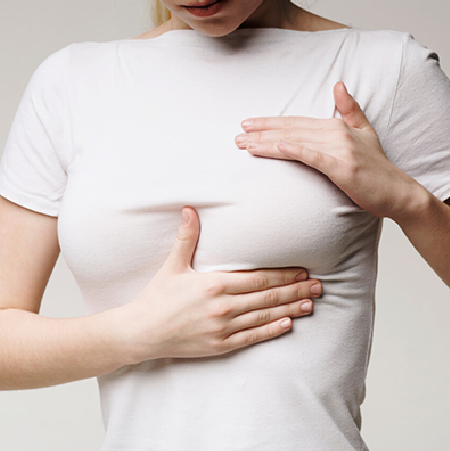What are the risks of facelift surgery?
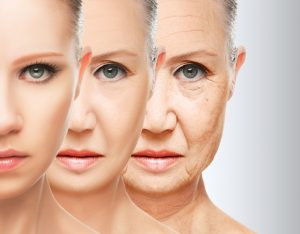
What is eye brow and forehead lift surgery?
Face lift surgery is a rejuvenation surgery. This surgery could help you to look more refresh and get rid of wrinkles and also by a special kind of lift which is known as cat eye surgery that focuses on corners of eyes you can have a fox- eye look.
There are different kinds of face lift techniques that according to your face, our surgical team, which would definitely be said one of the most experienced and professional surgical team in face lift, would help you to select the best procedure.
What are the different kinds of face surgery?
- Full forehead lift: The incision is made in the hairline of forehead from one side of forehead to the other side. Then the skin will be pulled and excess parts will be removed and stiches will be made. It could also be helpful for those who wish to shorten their forehead. (The hair growth will back to normal situation after 4-6 months)
- Eye brow lift: The incision is made right in upper part of the eye brow in order to pull the eye brow to upper position. All the other stages of the surgery is the same with forehead lift.
- Cat eye lift: The incision is made in the temporal part behind the hairline. And again the other stages of the surgery is the same. (Some would call this procedure a ponytail lift. Because it would make your face like ponytail hairstyle)
Note: cheek lift is also feasible with this technique of lifting.
- Semi-face lift: This is a traditional way of lifting. The incision is start at your temples, and continue in front of your ear and finishes behind your ears to the lower scalp. It can pull your skin totally. (this technique is good for mid face and lower face lifting.
Note 1: By this kind of lift, neck lift would also be feasible for you.
Note 2: According to your face, we may limit our incision in accordance with the parts which we would like pull.
Note 3: There is also an endoscopic technique available for lifting (not for all patients)
Note 4: a combination of temporal lift and eye lid surgery could be used in cat eye surgery. Also other combination of lift maybe suitable for you according to you face type that our assistant could help you to select the best procedure.
Is the result of face lift surgery permanent?
It depends on the type of the surgery that you would choose. Our assistants will describe it completely for you. It also depends on factors including age and skin elasticity which would happen regardless of the surgery.
What is thread lift?
It is done by a suture and is not really make a good result and difference. Our surgical team does not recommend this procedure for our dear patients as they could not achieve what they expect with this procedure.
Complications
Complications of the face lift surgery are rare and infrequent as long as they are conducted by experienced surgical team but each surgical procedure has its own side effect which is normal and will be fade away by time. Here are the list of complications which are related to face lift surgery:
- Anesthesia related risks
- Bleeding
- Bruising
Like many other surgeries, there is a possibility of bruising after surgery. This condition is more common around the eyes, which have thinner skin. Fortunately, in most cases, this condition resolves in 3 to 4 weeks.
To prevent and treat the complications of lift surgery, in addition to post-surgery care, eating some fruits and vegetables (such as pineapple and celery) and using topical medications can help to get rid of bruises caused by surgery as soon as possible.
-
Deep vein thrombosis, cardiac and pulmonary complications
We can help to reduce the risk of clot embolism by using special equipment such as DVT pumps which is also known as pneumatic pumps, some shuts of enoxaparin ampules, early coming out of bed, slow walking, choosing the best technique for surgery and many other strategies.
To prevent cardiovascular problems, patients over the age of 40 need the approval of a cardiologist before surgery.
-
Infection
Infection can be prevented if aseptic technique is observed and everything be done in sterile environment. However, some patients due to the weakness of their immune system and certain physical and medical conditions may have infection despite following all the principles of aseptic, which can be treated with antibiotics and wound care techniques.
-
-
Numbness
Due to the swelling of the face, you may feel some numbness in the face. Fortunately, this skin numbness means that you do not have much pain and do not need much painkillers during facelift surgery. Once the swelling is gone, the numbness in the face goes away on its own.
-
Pain
Like any other surgery, you may feel some pain in your face after the facelift surgery, which is a tolerable pain for people. This is normal and there is no need to worry and in most people this pain is relieved by taking painkillers and after 3 days we will see a reduction in pain.
-
Swelling
Swelling of the face after a lift is often mild. Be sure that this condition is transient and after a while (between 3 to 4 weeks), most of these swellings will go away.
-
skin irritationhair
-
loss at the incisions
Hair loss after the surgery at the surgical site is uncommon and most of the time temporary.
-
Unfavorable scarring
An experienced surgeon can hides many surgical incisions carefully in specific areas (such as inside the hair and behind the ear) and prevents the stitches (scars) from being seen at the surgical incisions. Facial lift surgical sutures are more likely to be left in smokers than in others, especially in the front and back of the ear. Therefore, we recommend that these people avoid smoking as much as possible from 2 weeks before surgery to 2 weeks after surgery. The site of the suture (scar) in the first days and weeks of the surgery is red, but after a while it changes to the skin color.
-
Asymmetry
Asymmetries may be seen on the face due to swelling around the nerve branches and due to diffuse swelling of the soft tissue of the face. Some of these asymmetries are seen in the static state (normal state of the face) while others appear only in the dynamic states of the face (laughing time, talking time, etc.). These asymmetries are more common around the lips and eyes, which in most cases resolve over time and do not require special treatment. Sometimes the massage and physiotherapy prescribed for the patient will be very helpful in relieving this condition.
Post-operative instruction
- Face lift surgery is not recommended for patient with serious medical problems. People have to be in good mental and physical health in order to be able to undergo face lift surgery.
- Smoking: It is good to know that smoking, hookah, etc. cause narrowing of blood vessels, and as a result, blood function is impaired and prevents enough oxygen from reaching the tissues to repair itself.Exposure to their smoke is also harmful, so you should avoid being in the position of smoke until the tissues are repaired.
- Alcoholic beverages: Alcoholic beverages can also increase the risk of bleeding, so you should stop consuming them while recovering from face lift surgery.
- You should not take aspirin or other anticoagulants for 2 weeks before surgery.
- Some drugs, such as aspirin and warfarin, interfere with the blood clotting process and cause bleeding;therefore, it is recommended to delay the use of them until the wounds heal.
- Use your drugs as prescribed for you.
- Recovery normally takes around 2 weeks, and vigorous activity can resume after 4 weeks.
- Sutures are removed about 2-3 weeks after surgery.
- Up to 3 days, keep your head above your body while sleeping (use two pillows)
- Use cold compresses on the cheeks and around the eyes for up to 48-72 hours.This will minimize your swelling and bruising.
- As you are aware, salt is effective in increasing swelling, so you should minimize its consumption in your food for 2 weeks.
- 3 days after the operation, open the head bandage and use gentamicin ointment at the surgical site and then bandage again.(Not too tight and not too loose) Try not to let the stitches come in contact with the water.
- Use a head bandage for up to ten days. Note that using a bandage is effective in prolonging the result.
- After 5 days you can take a shower.
- After the surgery, the patient should avoid eating or drinking up to 6 hours because of nausea and vomiting that may happen Due to slowing of stomach and intestinal movements that happens during general anesthesia. After this time you can start to drink water and juice. Then you can eat soft foods and after that you can eat whatever you want.


